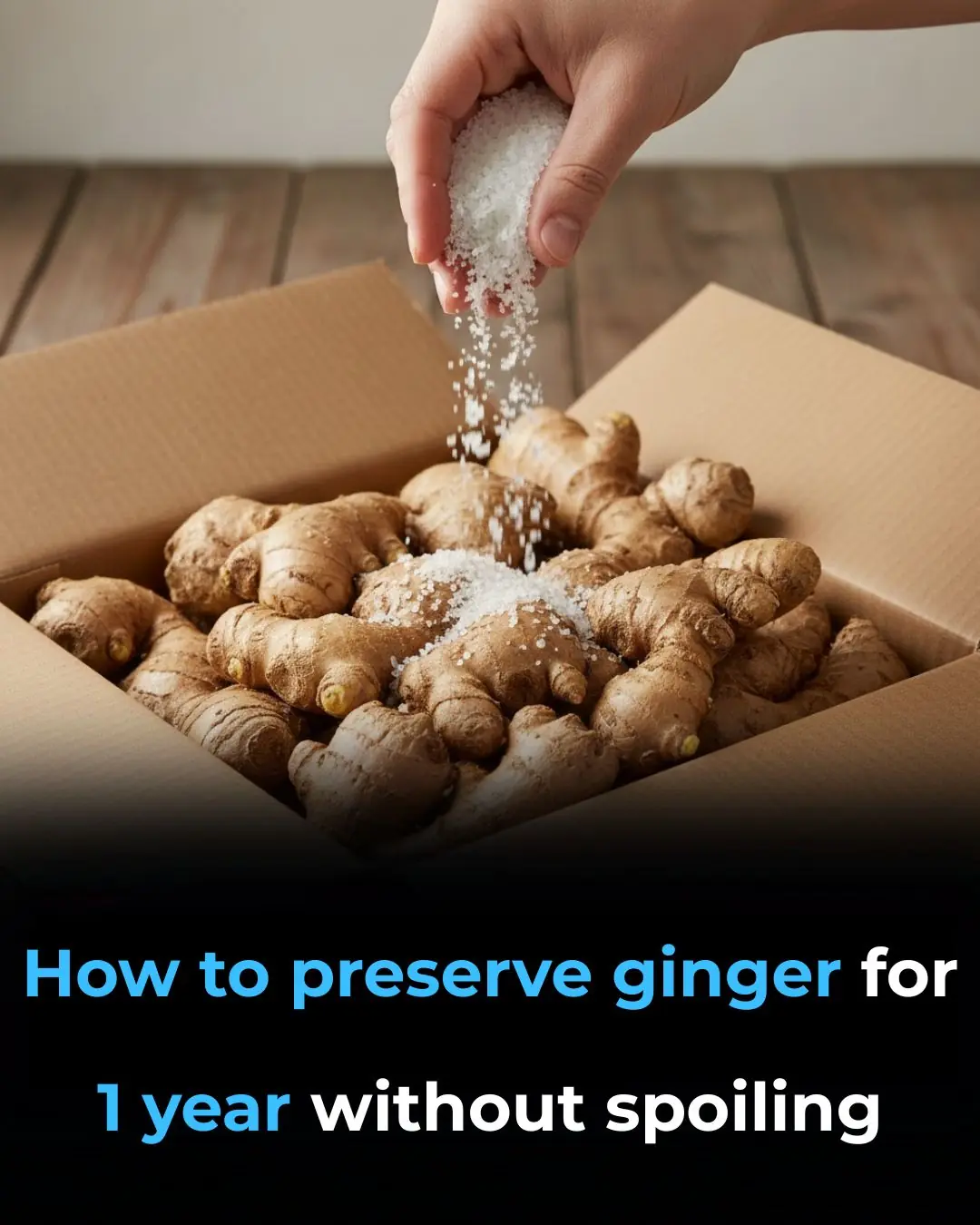
The single move that instantly clears congestion and drains your sinuses

If your head ever feels heavy, your nose stuffed, and every breath a struggle, you’re far from alone. Sinus congestion is one of the most common everyday discomforts—bringing pressure, headaches, ear fullness, and that awful can’t-breathe feeling. The good news? You don’t always need medication. Simple, hands-on techniques can open your sinuses, improve drainage, and help you breathe clearly again in minutes.
(These methods are inspired by the work of Dr. Alan Mandell.)
What You’ll Learn
• How your sinus structure works and why congestion happens
• Five fast techniques to relieve pressure, drainage issues, and nasal blockage
• How to clear stubborn ear congestion linked to sinus problems
• Why these methods work—and how to safely use them anytime
• When it’s time to see a doctor
1. Quick Anatomy: Know Your Sinuses
Understanding the “map” of your face helps you target pressure correctly.
You have four paired sinus cavities:
-
Frontal sinuses: above your eyebrows
-
Ethmoidal sinuses: between the eyes
-
Maxillary sinuses: beneath the eyes, in the cheek area
-
Sphenoidal sinuses: deep behind the eyes
When these fill with mucus or swell due to allergies, colds, or irritation, air stops flowing—and congestion, pressure, and headaches set in.
2. Nasal Septa Mobilization (Full-Sinus Release)
This technique opens multiple sinus pathways at once.
Left side
-
Place your left hand under your left cheekbone. Push up and out toward the 10 o’clock angle.
-
With your right hand, gently pull the soft tissue of your nose slightly left.
-
Hold for 10 seconds.
Right side
Repeat the same movements in reverse.
This stretch lifts the sinus walls, loosens stuck mucus, and reduces pressure behind the nose and eyes.
3. The 10-Second Nasal Stretch
Perfect for instant relief—especially before sleep.
-
Place both thumbs beside your nose, between nostrils and cheeks.
-
Push inward firmly.
-
Then pull outward.
-
Take a slow breath through your nose.
The sudden space you feel? That’s your nasal valve opening—your most important breathing passage.
4. Open Your Eustachian Tubes (Ear Drainage Technique)
Sinus congestion often leads to ear fullness, ringing, or muffled hearing because the Eustachian tubes get clogged.
Right ear:
-
Use your right thumb to press and release under your right cheekbone.
-
With your left hand, gently pull your right ear outward and slightly backward.
-
Hold 10–15 seconds.
Repeat on the left side.
This is especially helpful for pressure during colds, allergies, after flights, or when you feel “blocked.”
5. The Proprioceptive Nasal Reflex (Your Sinus Reset Button)
This technique stimulates a neurologic reflex that forces your sinuses to open.
-
Take a deep breath in.
-
Pinch your nose closed.
-
Tilt your head all the way back and hold your breath.
-
When you can’t hold it any longer, release your nose and exhale through the mouth.
A brief wave of lightheadedness is normal—the reflex works by changing pressure signals in the brain and nose.
Mix & Match for Maximum Relief
Try each technique and use the ones your body responds to best. Many people feel relief almost instantly. Others may feel improvement after a minute or two as the sinuses slowly drain.
These methods help by physically mobilizing tissues, opening collapsed nasal valves, improving airflow, and encouraging proper mucus movement—rather than simply masking symptoms.
When to Seek Medical Help
Reach out to a healthcare provider if you experience:
-
High fever
-
Facial swelling
-
Severe headache
-
Thick green/yellow discharge lasting weeks
-
Vision problems
-
Sinus pain after head injury
Persistent or severe symptoms may indicate infection or structural issues that need proper evaluation.
Final Thoughts
You don’t have to live with a stuffy nose or sinus pressure. With these simple hands-on techniques, you can clear congestion, open your sinuses, relieve ear pressure, and breathe with ease—all in under a minute.
Try them, teach them to your loved ones, and enjoy the feeling of finally breathing freely again.
News in the same category

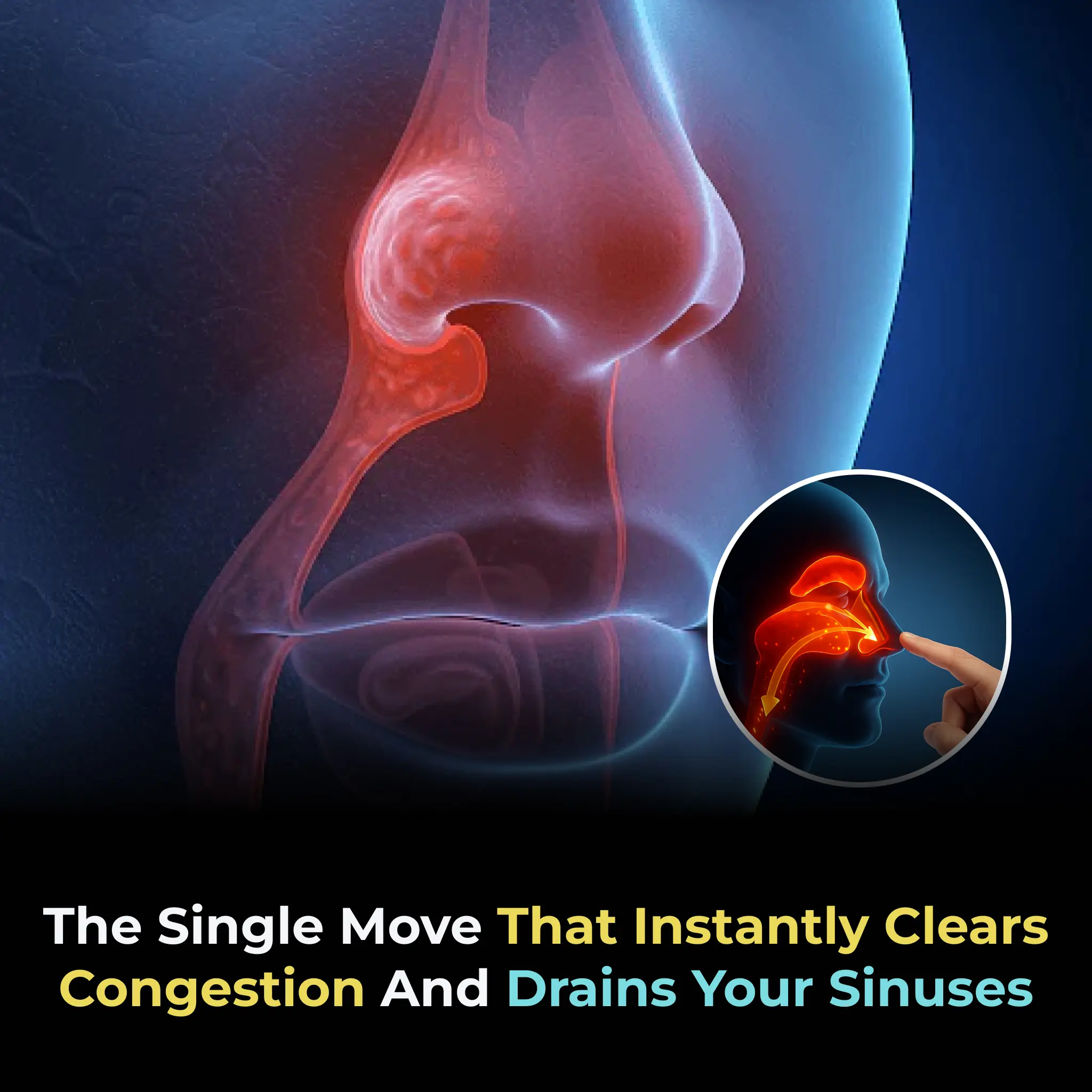
The single move that instantly clears congestion and drains your sinuses
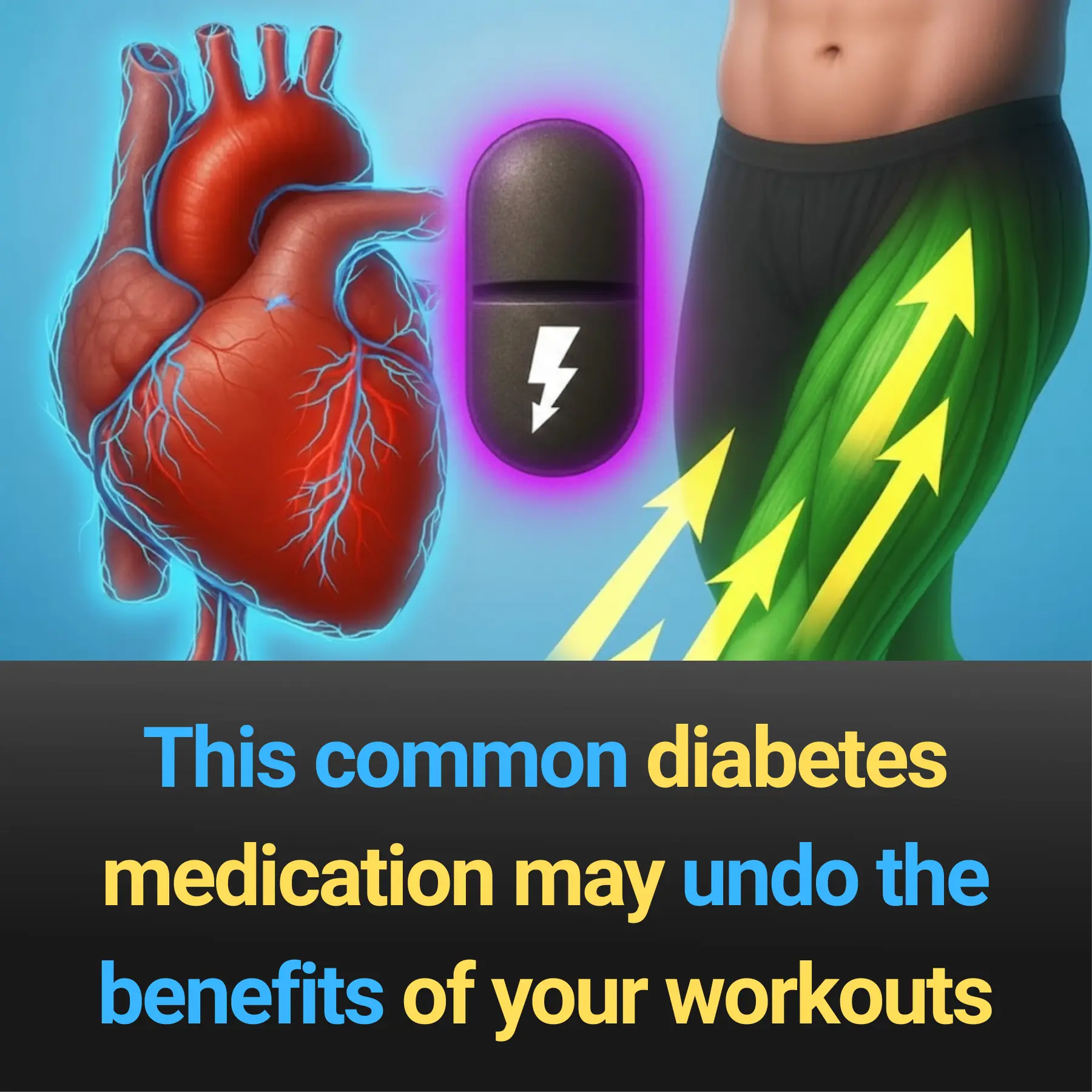
This common diabetes medication may undo the benefits of your workouts
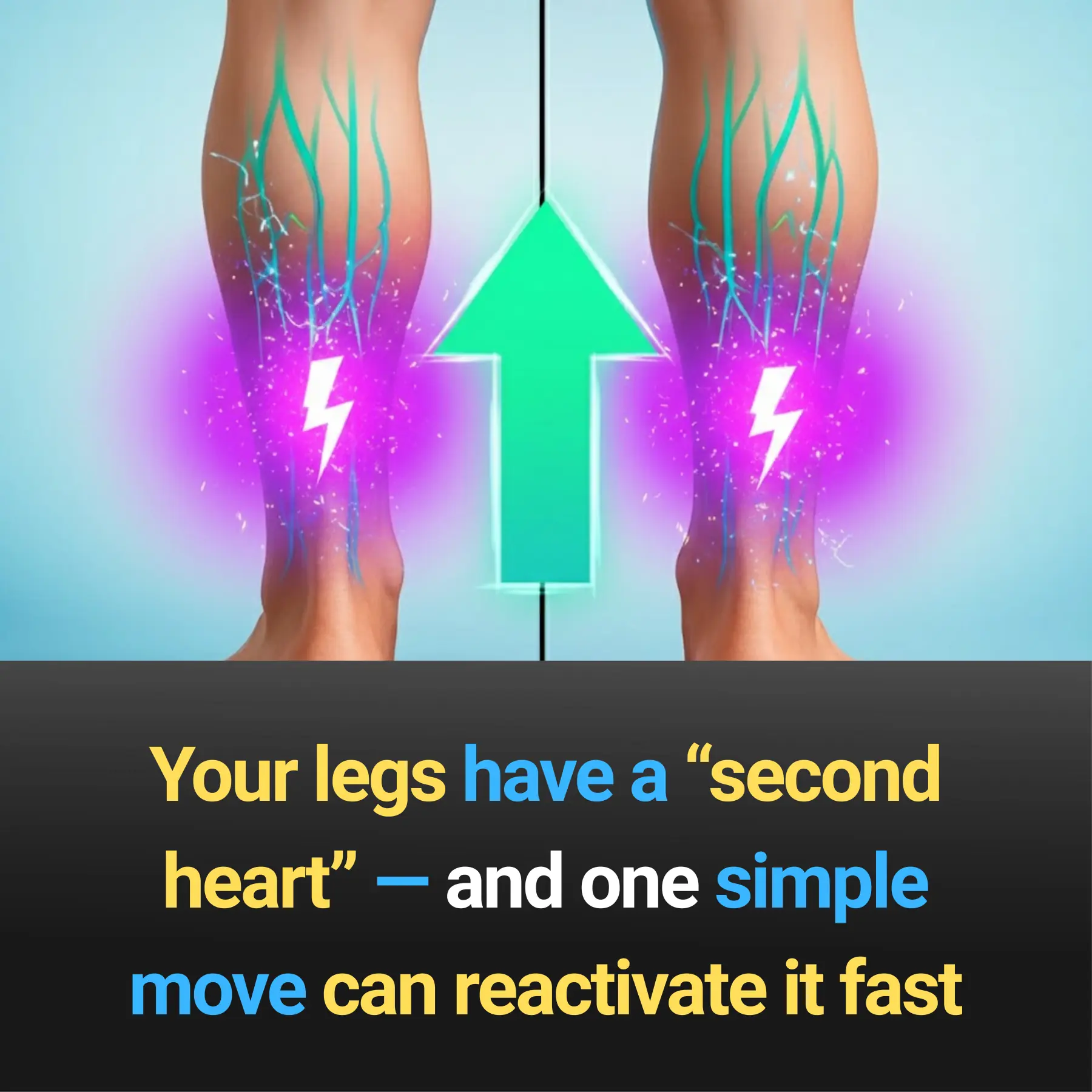
Your legs have a “second heart” — and one simple move can reactivate it fast

9 cancer warning signs your body is sending you (don’t ignore these!)

Here’s the secret why everyone puts avocados on the fire!

Scientifically Proven Benefits of Pumpkin Seeds (Pepitas) and Pumpkin Seed Oil
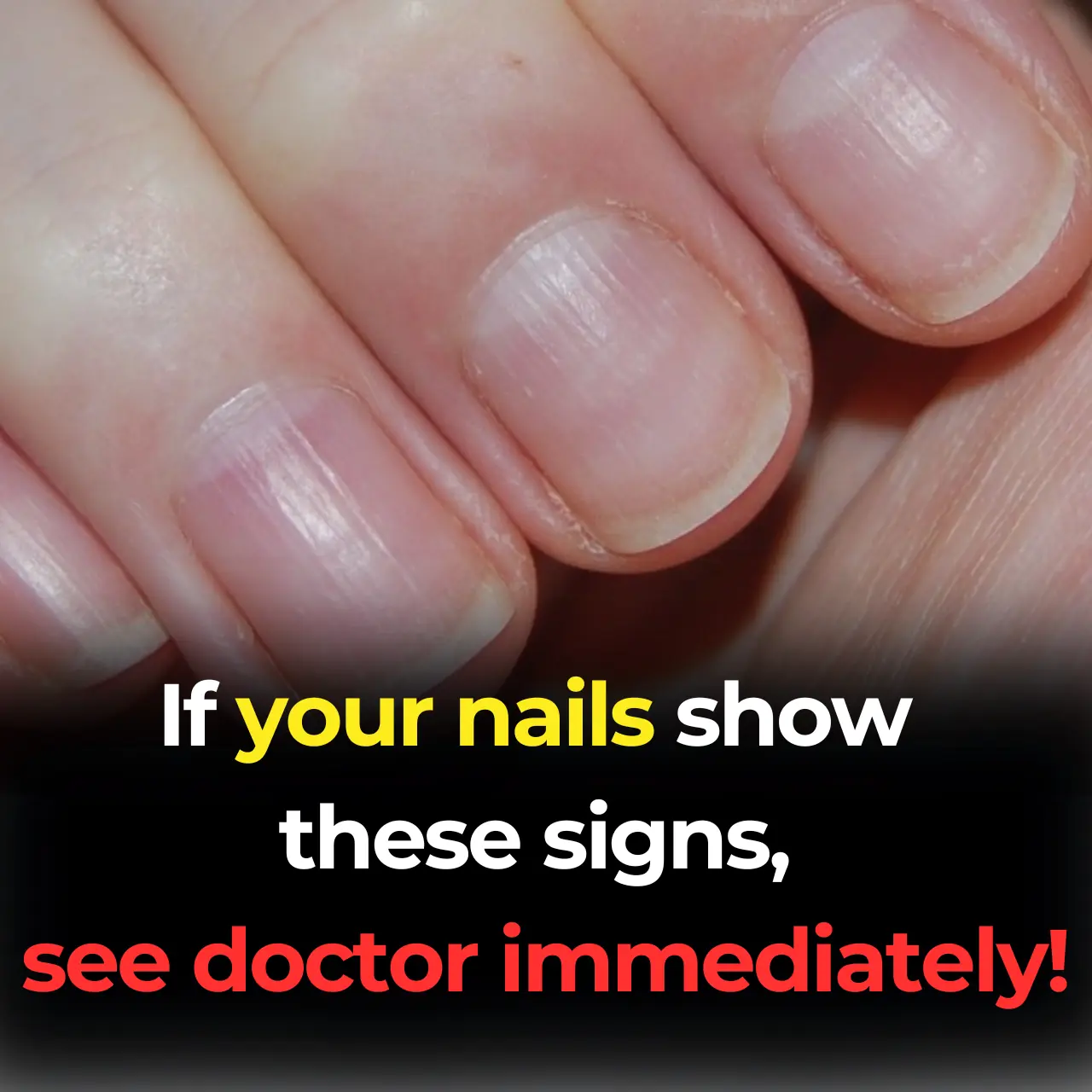
11 Health Warnings Your Fingernails May Be Sending

Stop blood sugar spikes—enjoy carbs without the crash!

The most powerful anti-cancer food you’ve probably never tried

🩺 Be Aware: If You Notice This Skin Change, It Could Be Skin Cancer — Here’s What to Look For
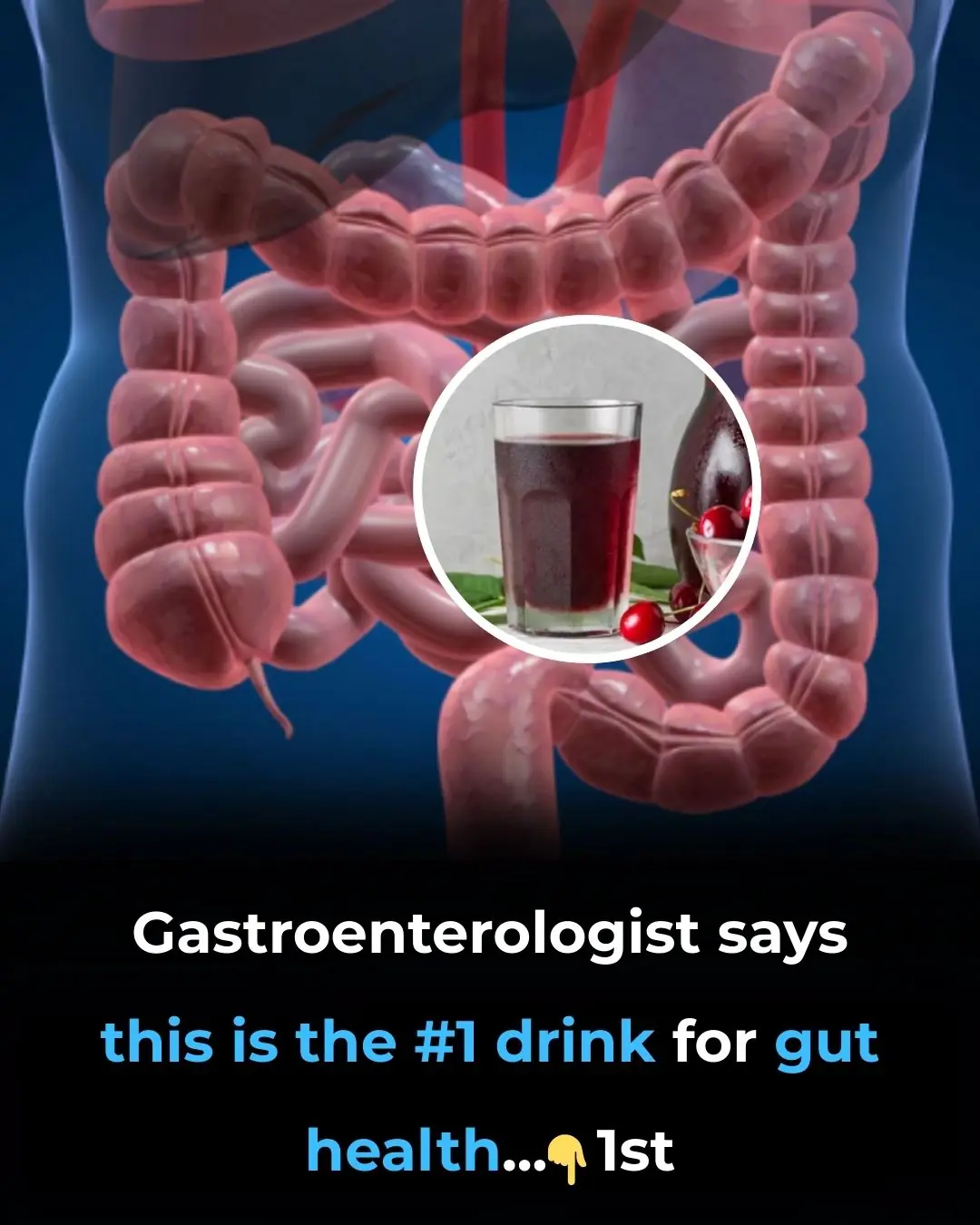
Gastroenterologist says this is the #1 drink for gut health

What your body does when you drink coffee every day
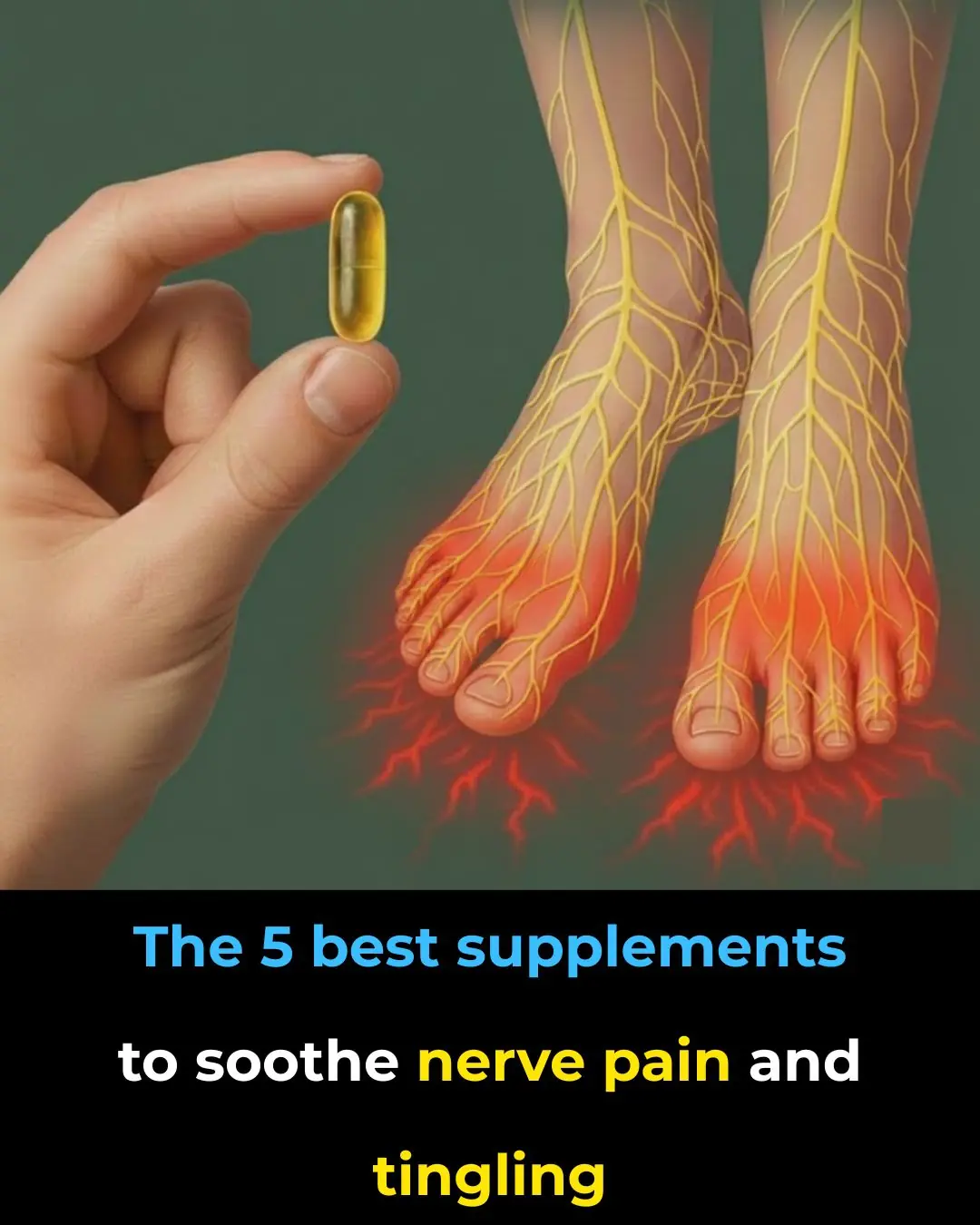
The 5 best supplements to soothe nerve pain and tingling

Doctor says this is the #1 supplement to take if you have arthritis

Stop blood sugar spikes—enjoy carbs without the crash!
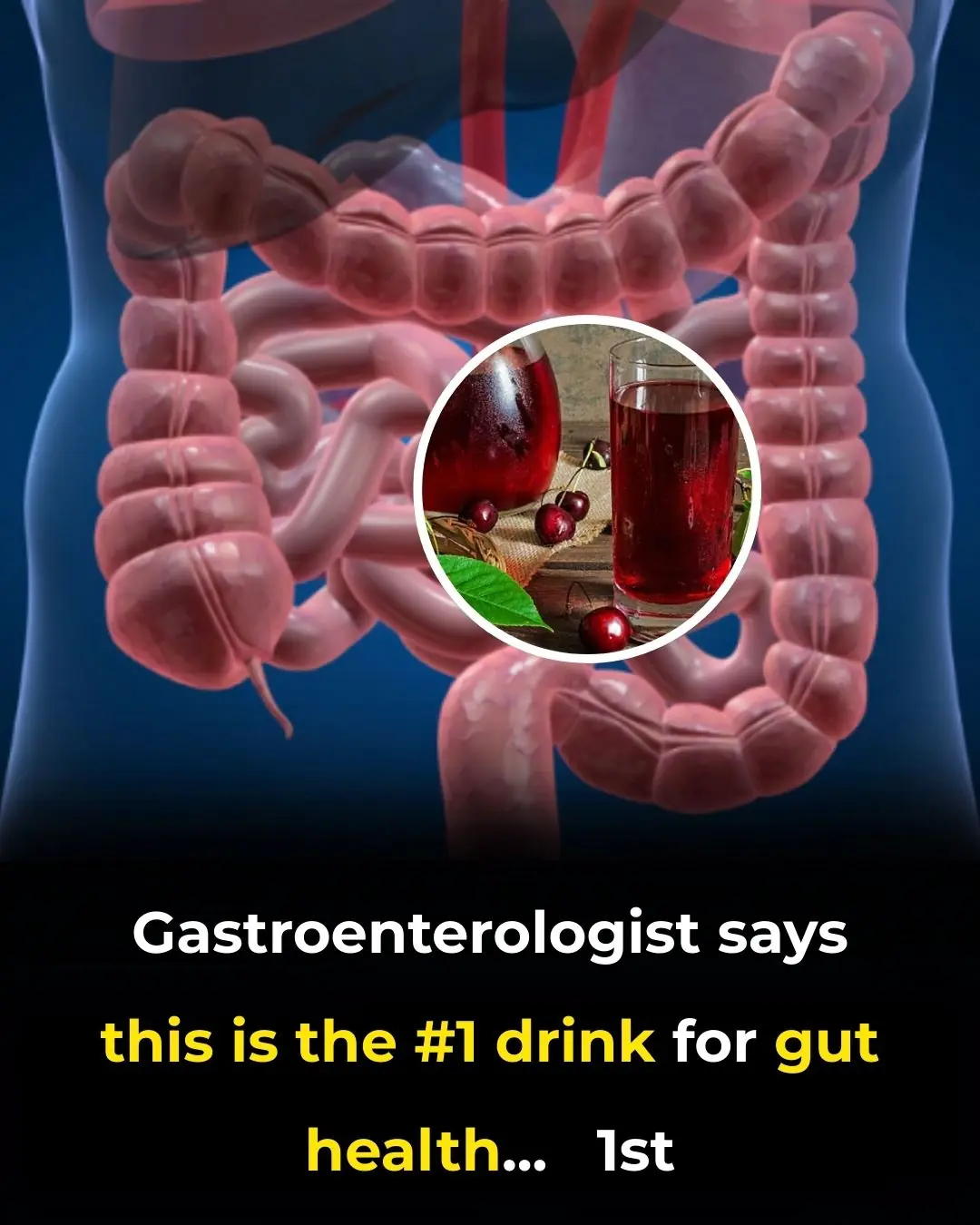
Gastroenterologist says this is the #1 drink for gut health

6 Types of Warts (Signs, Symptoms, Home Remedies, and Treatment)

Many experts warn that this food may increase health dangers — stop eating it now!
News Post

Guava Leaf Tea: A Simple Habit With Powerful Health Benefits

The single move that instantly clears congestion and drains your sinuses

This common diabetes medication may undo the benefits of your workouts

Your legs have a “second heart” — and one simple move can reactivate it fast

9 cancer warning signs your body is sending you (don’t ignore these!)
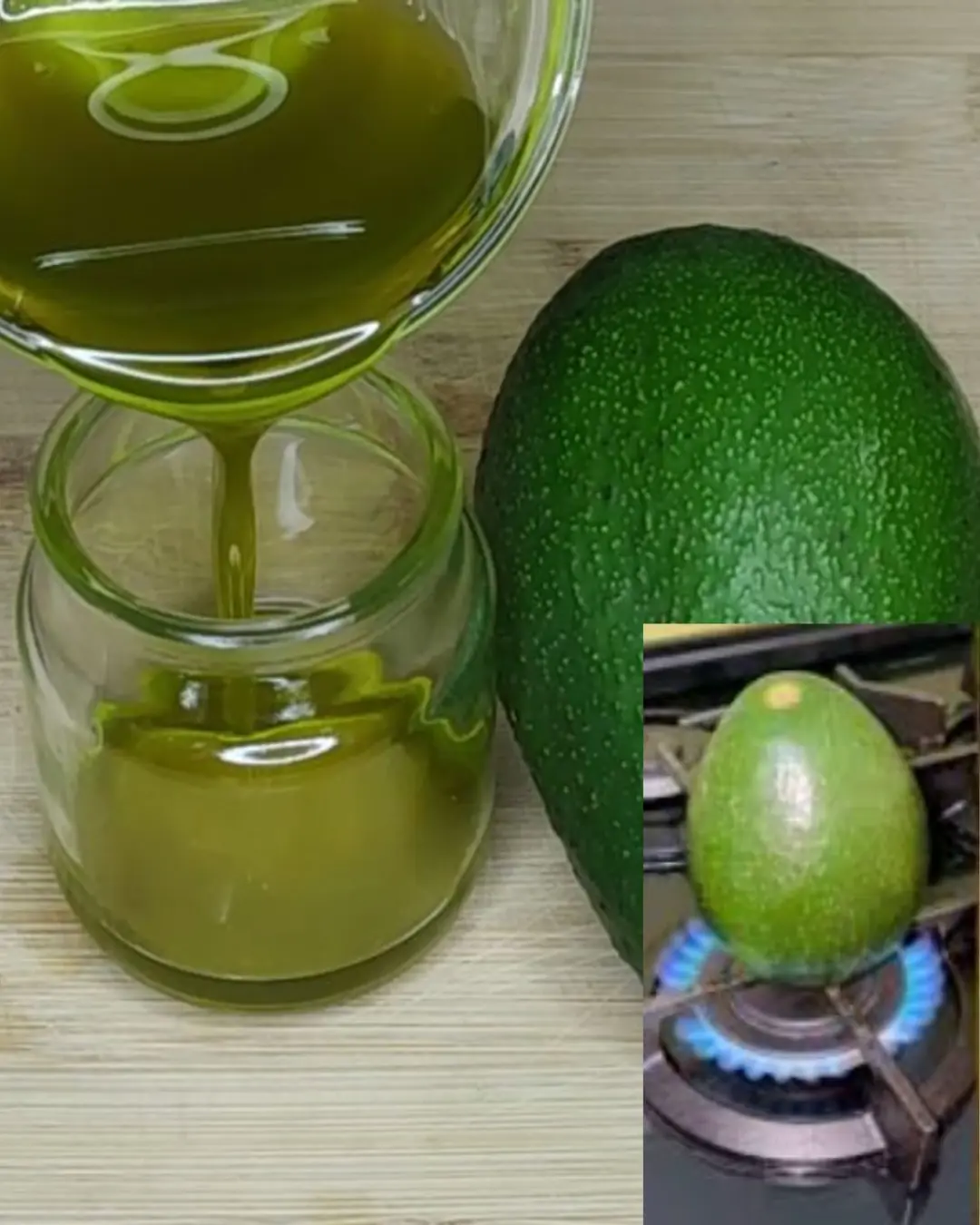
Here’s the secret why everyone puts avocados on the fire!

Grow Date Trees From Seed (Start in a Pot → Plant Outdoors): The Complete, No-Stress Guide

Guava Leaves for Blood Sugar Control: Nature’s Gift for Diabetics

Utqiagvik Enters 64 Days of Darkness: Inside Alaska’s Annual Polar Night
The Versatility and Benefits of Orange Peel Powder

Here’s the secret why everyone puts avocados on the fire!

Natural Biotin Powder: Get New Hair in Bald Patch, Extreme Hair Growth

Community Backlash Stops Padel Court Plans in Bath Amid Rising Demand

Scientifically Proven Benefits of Pumpkin Seeds (Pepitas) and Pumpkin Seed Oil

26 Years, 214 Countries, 900,000 Kilometers: The Epic Journey of Gunther and Christine

My nana taught me this hack to get rid of dark circles in 5 mins with 0 work. Here’s how it works
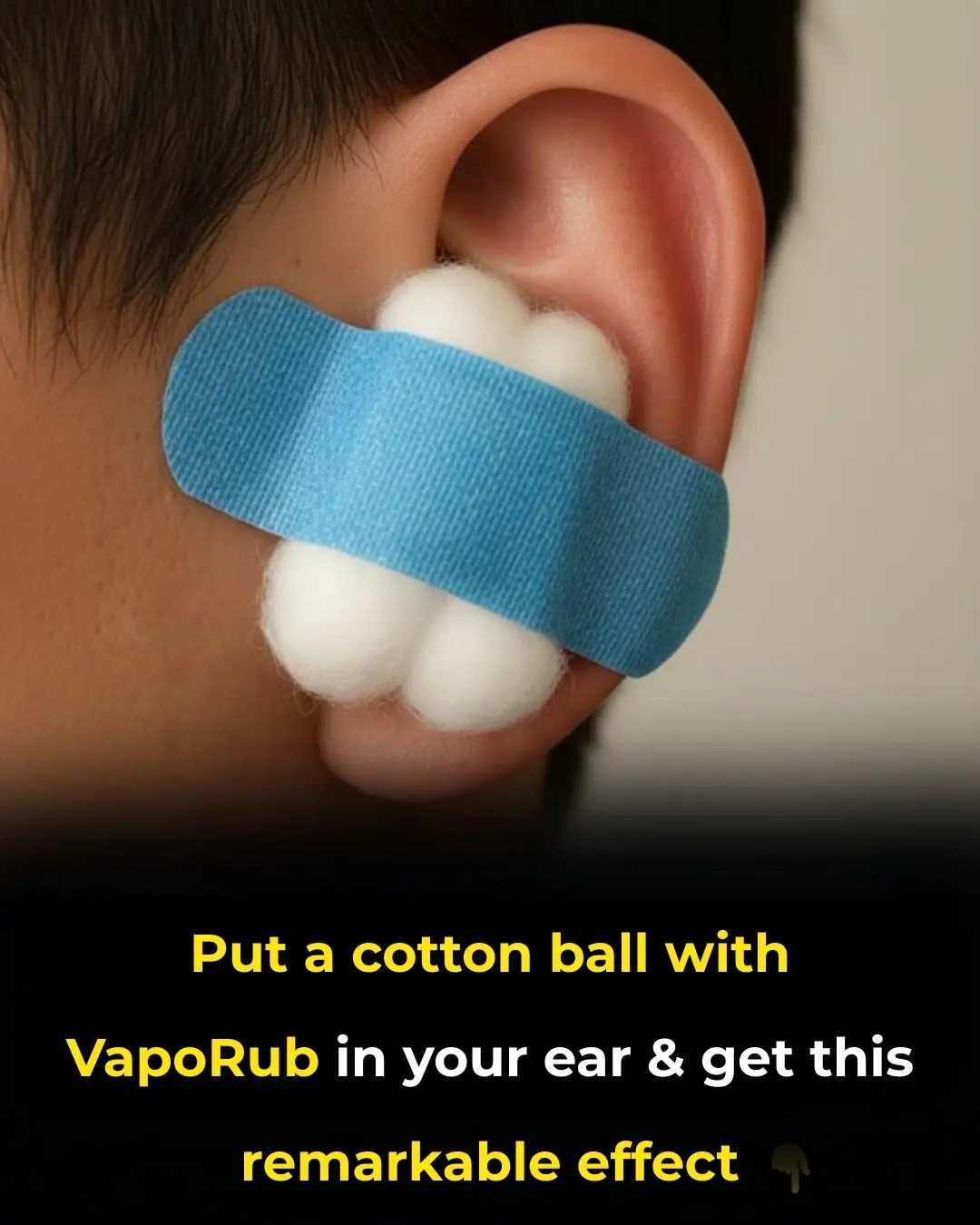
Put a cotton ball with VapoRub in your ear & get this remarkable effect

A Drink That May Help Reduce Cancer Risk: Not Tea or Coffee
